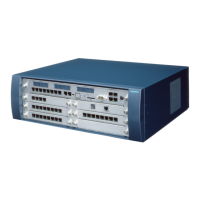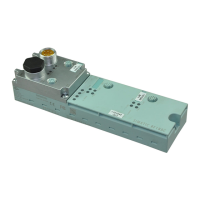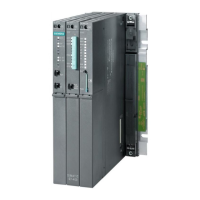System Data Nur für den internen Gebrauch
A31003-H3590-S100-7-7620, 06/2012
2-58 HiPath 3000/5000 V9, Service documentation
sysdat.fm
Dynamic Configuration Rules
● Factor g for mobility within a CMI node:
This thumb rule formula is based on the assumption of the mobility level of mobile subscrib-
ers. The factor g determines the probability that a station is not located at its home board
when visiting the radio area of it home system. In the case of homogeneous allocation, the
factor g can be calculated from the number of SLC boards in the system:
● Factor G for mobility within the CMI network:
This thumb rule formula is based on the assumption of the mobility level of mobile subscrib-
ers. The factor G determines the probability, that a subscriber resides outside the cordless
area of his home system. In branch networks where subscribers rarely reside in other
nodes, G is relatively small (e.g., G = 0.1). A homogeneous allocation can be assumed, if
a location is overlapped from several cordless areas of different nodes. In this case, the
factor G can be calculated from the number of CMI nodes:
2.5.2.5 Current Thumb Rule Values
The following tables list the interfaces considered in the thumb rule formula with their respective
meanings and corresponding weights in points (normalized to Anate seizures).
● Table 2-35 on page 2-59: Points for Devices
● Table 2-36 on page 2-59: Points for Mobile Handsets
● Table 2-37 on page 2-60: Points for Special Devices
● Table 2-38 on page 2-60: Points for Trunks
● Table 2-39 on page 2-61: Additional Overhead for Controlling Process Flows at Devices
via CTI Applications
● Table 2-40 on page 2-61: Points for Groups
1
Number of SLC boards
g = 1 —
1
Number of CMI nodes
G = 1 —

